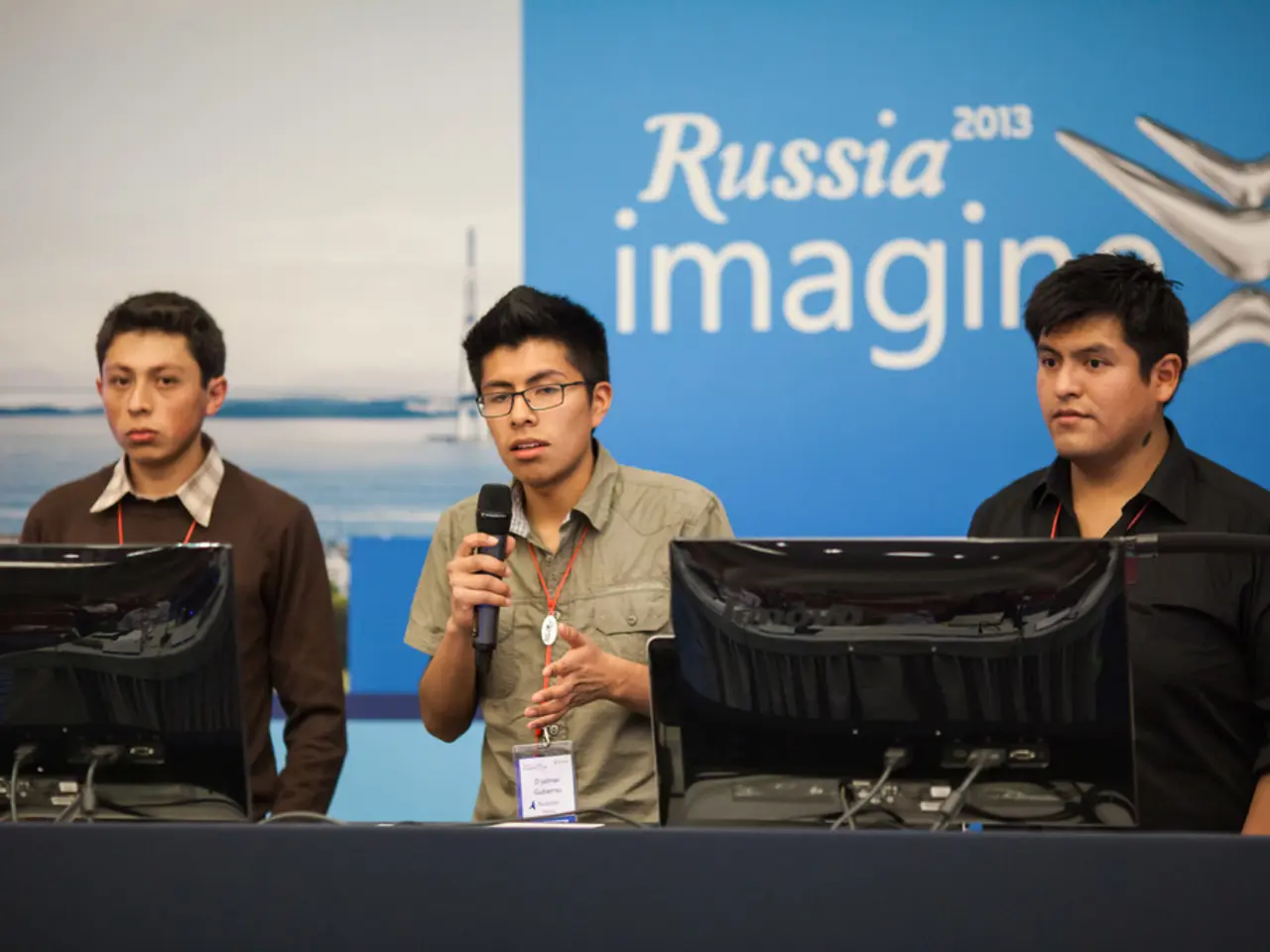More than a third of Americans believe UFOs are real, according to a survey by National Geographic
In the ongoing quest to uncover the mysteries of the universe, the search for extraterrestrial life and the investigation of Unidentified Flying Objects (UFOs) continue to captivate the public imagination. Recent reports and expert commentary shed light on the enduring fascination with UFOs and Unidentified Aerial Phenomena (UAPs) in the United States.
According to a 2021 Gallup poll, about 41% of Americans believed some UFO sightings were alien spacecraft, while a 2023 Pew Research survey indicated that a majority (around 65%) thought the government was hiding information about UFOs. Although no recent, directly cited percentage specifies how many Americans believe in UFOs or UAPs as of July 2025, these historical trends and recent reporting suggest that belief in UFOs remains substantial.
The topic of UFOs has been the subject of high-profile hearings, such as the November 2024 subcommittee meeting titled "Unidentified Anomalous Phenomena: Exposing the Truth." This meeting attracted a global audience and highlighted the ongoing public fascination with UAPs, as pilots and military personnel testified to frequent sightings.
While most reported UAP sightings can be explained by known phenomena, such as drones, balloons, or atmospheric effects, a small percentage—often cited around 1–2%—remain unexplained even after investigation. Both U.S. and Canadian authorities have emphasized this point.
The Pentagon's Unidentified Aerial Phenomena Task Force aims to rigorously investigate these mysteries from a security perspective, while NASA and astrobiologists continue to explore signs of life beyond Earth, such as biosignatures on exoplanets like K2-18b.
Interest in the paranormal and extraterrestrial is often tied to pop culture consumption and personal experiences. Men are more likely than women to believe in aliens, and belief cuts across educational and age groups.
UFO sightings have been reported by civilians, military personnel, and air traffic controllers. The surge in UFO reports during the 1950s and '60s often coincided with the deployment of cutting-edge, highly classified technologies. Many high-profile UFO sightings from the mid-20th century onward correlate with secretive test flights of advanced U.S. aircraft.
The phenomena reported include glowing orbs, large silent triangles, and fast-moving objects exhibiting unconventional flight patterns. Roughly 3% of UFO sightings are considered particularly compelling due to their unusual characteristics.
However, it is important to note that the term "UFO" stands for Unidentified Flying Object, not necessarily alien spacecraft. The Pentagon denies evidence linking UAPs to extraterrestrial origins.
Congressional hearings have brought increased transparency and scrutiny to UAPs. Despite the ongoing investigations, the search for definitive evidence of extraterrestrial life continues, blending skepticism, hope, mystery, and imagination in the public mind. For a precise, up-to-date percentage of Americans who believe in UFOs or UAPs, recent opinion polling from organizations like Gallup or Pew Research would be required.
The ongoing public fascination with UFOs and Unidentified Aerial Phenomena (UAPs) has been reflected in various opinion polls, with a 2021 Gallup poll indicating that about 41% of Americans believed some UFO sightings were alien spacecraft. Moreover, entertainment industry has played a significant role in shaping public perception about UFOs and extraterrestrial life, turning the topic into a popular subject within the realm of science fiction and fantasy, intertwining reality with the realm of space-and-astronomy and entertainment.







